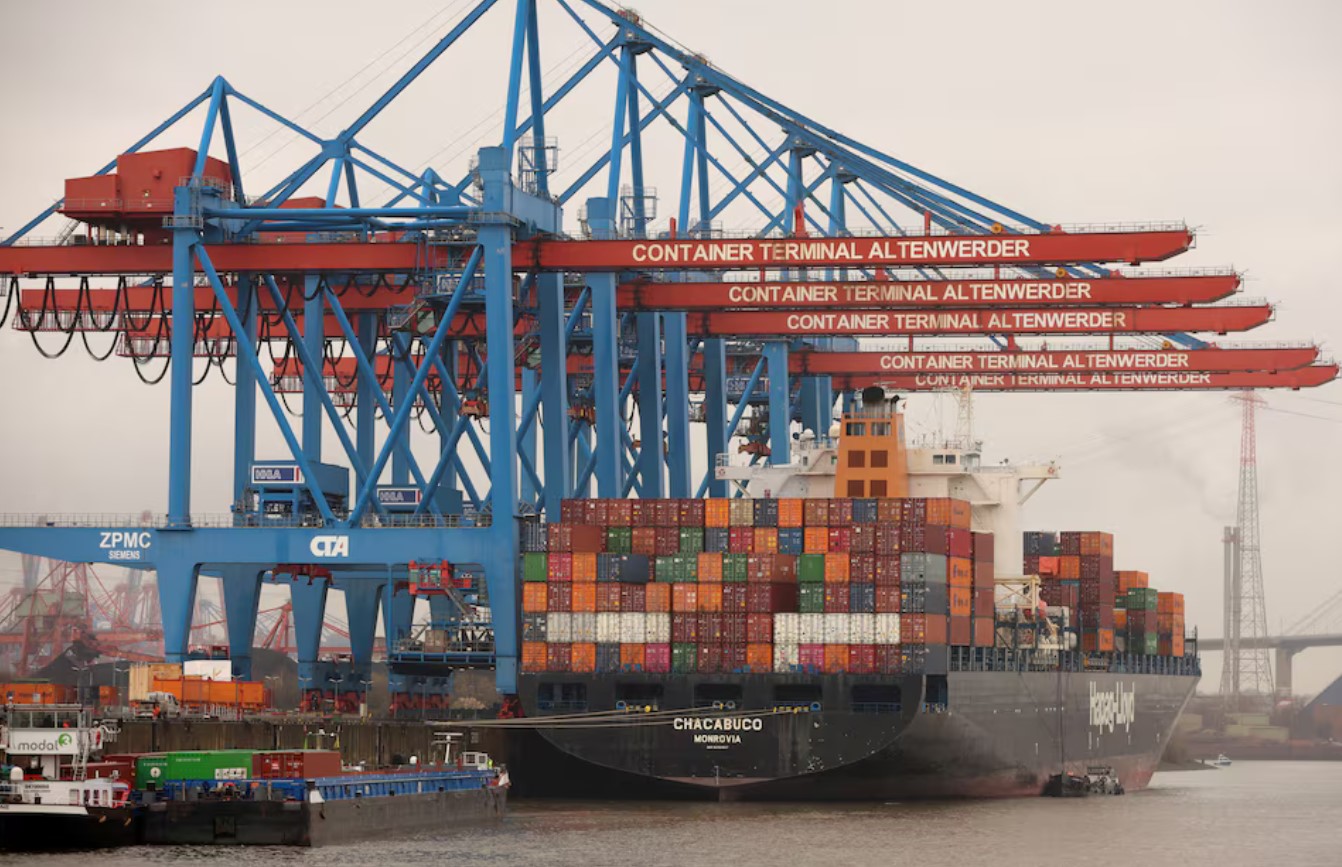Cyprus-based owners are accelerating investments in dual-fuel and energy-efficient ships, backed by government incentives, as global fleet control remains concentrated among a handful of players led by Mediterranean Shipping Company (MSC), according to new data from VesselsValue.
To begin with, Limassol-headquartered Lemissoler Navigation has ordered up to eight methanol dual-fuel Ultramax bulkers, marking a first for that ship size in China’s yards.
Building on this, Columbia Group expects such vessels to dominate. “By the end of 2025, dual-fuel ships will account for about half of global new-build orders, with LNG propulsion powering nearly 70 per cent of those vessels,” the company said.
Technical director Duncan McLennan added that “It is not just about building ships, but about ensuring they are run safely, efficiently, and in full compliance.”
Moreover, other Cypriot-linked firms are reshaping fleets. Safe Bulkers has 18 newbuildings on order, including two methanol dual-fuel units delivering in 2026–2027.
In parallel, Bernhard Schulte Shipmanagement has introduced a methanol bunkering simulator to prepare seafarers for alternative-fuel operations.
At the same time, bunker supplier Island Oil Holdings has released its first ESG report, setting targets for environmental and governance practices across its operations.
On the policy side, since January 2024, Cyprus has offered green tonnage-tax incentives, granting up to 30 per cent reductions for ships that exceed benchmarks under EEXI, CII and IMO data collection.
Deputy Shipping Minister Marina Hadjimanolis has underlined the importance of this approach, noting that shipping contributes over 7 per cent of GDP and stressing that “Cyprus is committed to playing a constructive role in this transformation.”
These developments on the island reflect wider global trends. According to VesselsValue, and mentioned on Newmoney, MSC heads the world ranking with 707 ships worth $49.6 billion, of which 584 are active and 125 are on order.
The majority are container ships, dominated by Panamax and Post-Panamax types. Notably, nearly 59 per cent of its orderbook consists of ultra-large container vessels (ULCVs).
In second place, CMA CGM controls 339 ships valued at $35.5 billion, comprising 243 active and 95 on order.
Of these, 53 per cent are ULCVs, 34 per cent New Panamax and 13 per cent Post-Panamax.
Meanwhile, China’s BoComm Leasing ranks third by value at $33.3 billion but second by number of vessels, with 411 ships across bulkers, tankers, containers, gas carriers, ro-ro and vehicle carriers.
At the same time, environmental adaptation is most evident in gas and vehicle transport.
In gas shipping, LNG vessels dominate with 76 per cent of fleets, while almost all newbuildings are dual-fuel ready.
Likewise, in the vehicle carrier segment, most orders are dual-fuel, reflecting demand from automakers, particularly for electric vehicle exports.
It should also be mentioned that efficiency is becoming a defining feature in the industry. In the multigas fleet, 21 per cent of vessels are in the IMO’s top energy category A, while two-thirds of container ships fall into categories A–C.
Taken together, the figures point to a sector in transition, ownership remains concentrated at the top, but from Geneva to Limassol, shipowners are aligning with the same trajectory, investing in dual-fuel tonnage, efficiency ratings and ESG transparency to balance competitiveness with regulatory compliance as global decarbonisation standards tighten.







Click here to change your cookie preferences